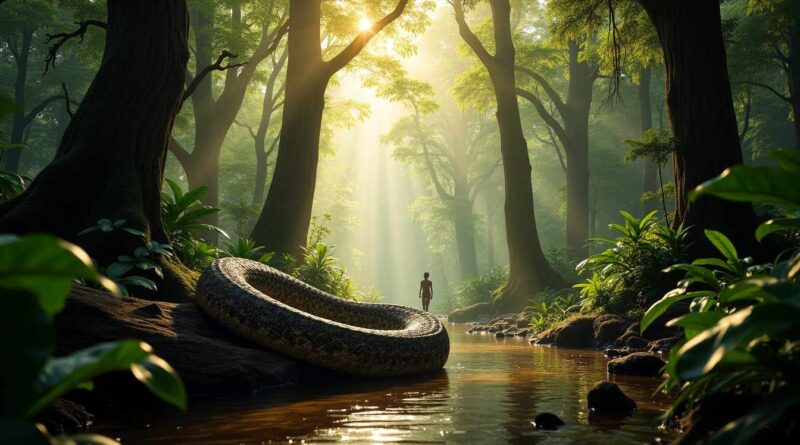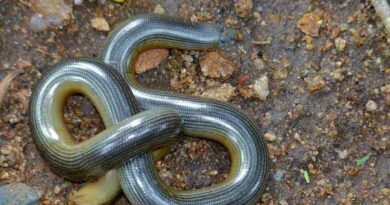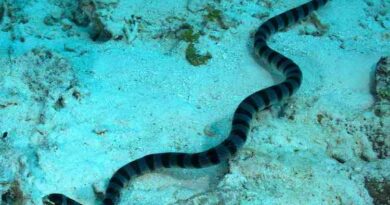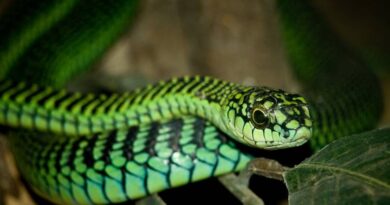Congo Snake: Unveiling the Truth Behind the Giant Serpent Legend
A remarkable 1959 sighting of the Congo snake remains one of cryptozoology’s greatest mysteries that captured global attention. Belgian helicopter pilot Colonel Remy Van Lierde spotted a massive serpent during his flight over the Congo rainforest. He estimated the creature’s length between 40-50 feet. His account sparked decades of debate about giant snakes living in Central Africa.
The scientific community has studied these massive serpent reports extensively and compared them to known species and prehistoric giants like Titanoboa. The Congo rainforest’s dense vegetation and diverse ecosystem make it challenging yet intriguing to investigate these claims. The sort of thing I love about this piece is how it blends historical accounts, scientific evidence, and local folklore to unravel the truth behind this fascinating cryptozoological mystery.
Historical Context of the Congo Snake Legend
Snake legends in the Congo Basin reveal an array of stories that blend ancient serpent worship with colonial influences. Python worship became one of the most important cultural practices throughout Africa. Communities developed unique customs that varied by region. Some tribes considered python killing a capital offense. Others built special huts and appointed priests or priestesses to care for these sacred serpents 1.
Early explorer accounts
Belgian colonization of the Congo brought the first documented encounters with massive snakes in the region. European fascination with the area’s wildlife grew stronger at the time Henry Morton Stanley explored the Congo River basin in the late 19th century 2. These initial explorations created a foundation that sparked numerous tales of remarkable serpents in the region.
Local folklore and traditions
African culture’s deep connection with snakes comes alive through fascinating archeological findings. Researchers found a serpent-shaped rock formation in Northwestern Botswana that stretches six meters long and stands two meters tall. The formation’s surface shows carefully crafted indentations made by human hands. The site yielded even more interesting discoveries – arrowheads brought from hundreds of kilometers away as sacred offerings. These artifacts tell a story that dates back roughly 70,000 years 1.
Python worship was deeply woven into African religious life through these practices:
- Sacred spaces and temples dedicated to snakes
- Specially chosen caretakers who made ritual offerings
- Religious ceremonies that used milk as offerings
- Religious laws that ensured python’s protection
The effect of colonialism on snake stories
Belgian colonialism substantially changed how people documented and interpreted snake stories after King Leopold II began his rule in 1885 2. Western scientific points of view clashed with traditional African beliefs about serpents during the colonial era. Wildlife documentation became more structured and formal, though colonial observers often dismissed or sensationalized local accounts of extraordinary creatures.
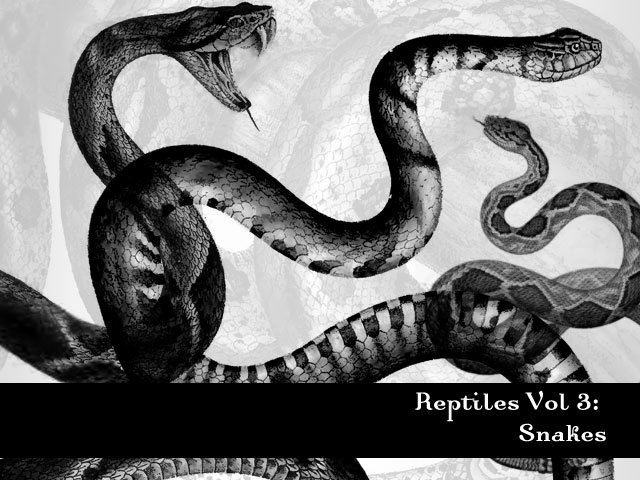
The 1959 Sighting in Detail
A remarkable sighting from August 1959 became one of cryptozoology’s most documented cases. The whole ordeal unfolded about 100 kilometers northwest of Kamina in the Katanga region of the Belgian Congo. A military helicopter crew spotted what they described as an extraordinarily large serpent 3.
Background of Colonel Remy Van Lierde
Colonel Remy Van Lierde, a respected Belgian Air Force officer, led the air base at Kamina in the African Congo 4. His impressive military record included shooting down six enemy aircraft and forty-four V-1 flying bombs during World War II. He also made history as the first Belgian to break the sound barrier 5. These achievements made him a 20-year old credible witness who showed exceptional observational skills.
Description of the alleged giant snake
Van Lierde and his crew spotted a massive serpent near a destroyed termite mound during a routine helicopter flight. The remarkable creature expressed these characteristics:
- Length estimated at 50 feet (15 meters) 6
- Head measurements of 3 feet long and 2 feet wide 6
- Greenish-brown coloration with a white underbelly 5
- Triangular-shaped jaws 6
The creature reportedly rose about 10 feet in the air in a defensive posture as the helicopter descended to approximately 30 feet above it 6. The famous photograph was captured by Engineer Adjudant Kindt using a Zeiss Ikon Nettax 6 x 6 camera with a Novar Anastigmat lens 3.
Aftermath and media coverage
Van Lierde’s appearance on Arthur C. Clarke’s Mysterious World in 1980 brought international attention to the event 7. Experts went through the photographs and used nearby termite mounds as scale references 5. Captain Lorenzo W. Burroughs from the CIA’s National Photographic Interpretation Center led the evidence examination 5. Scientists questioned the possibility of a snake reaching such massive proportions, though some analyzes suggested measurements even larger than Van Lierde’s original estimate 7.
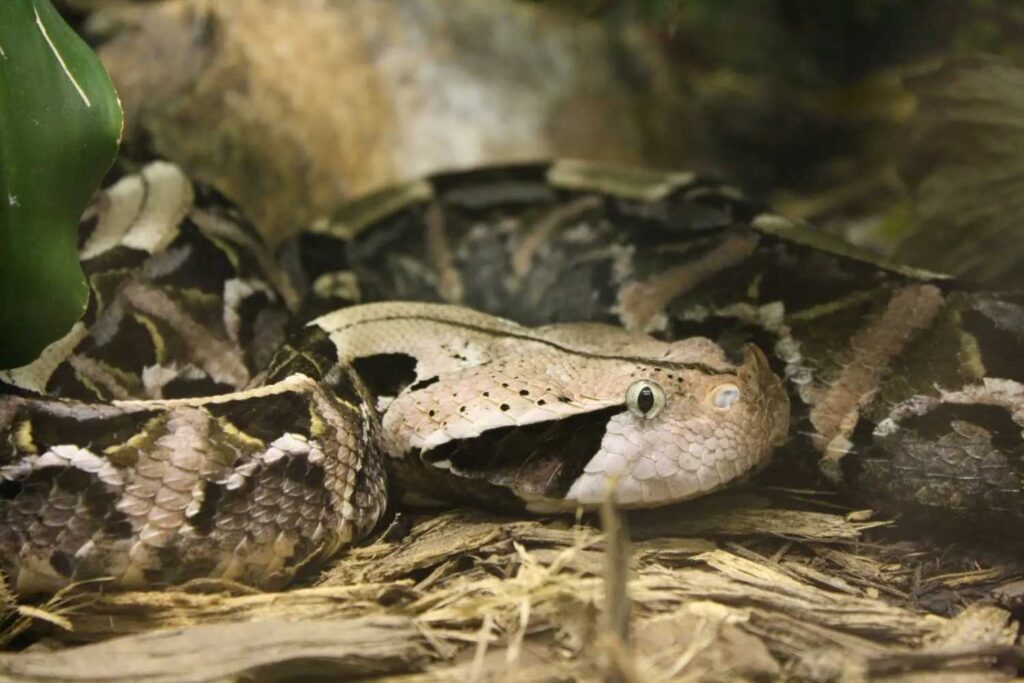
Scientific Perspective on Giant Snakes
Scientific research provides significant insights into giant snakes and helps evaluate exceptional serpent reports. Recent studies are a great way to get precise size limitations for existing snake species and create a framework that analyzes historical accounts of massive specimens.
Largest known snake species
The green anaconda stands as the heaviest snake that ever spread across our planet. Scientists have authenticated specimens weighing up to 227 kilograms with lengths reaching 8.43 meters and a girth of 1.11 meters 8. The reticulated python takes the crown as the longest living snake, stretching to 6.95 meters when measured under full anesthesia 9. Snake enthusiasts have made claims about longer specimens, but no snake longer than 9.14 meters has received verification, despite rewards being offered consistently 9.
Factors limiting snake size
Several biological and ecological constraints determine maximum snake size:
- How body temperature depends on surrounding conditions
- Available prey and limitations of mouth opening size
- Energy needs and metabolic constraints
- Support requirements for large body sizes
Studies show that snake size has a strong association with environmental temperatures because these reptiles need warm conditions to maintain their metabolism 10. A snake’s mouth size compared to its prey is a vital limitation since snakes must swallow their food whole 11.
Prehistoric giant snakes: Titanoboa and Gigantophis
The fossil record shows remarkable evidence of massive prehistoric serpents. Titanoboa cerrejonensis from Colombia grew to 12.8 meters in length and had a weight between 652 and 1,819 kilograms 10. This ancient giant flourished in a greenhouse climate about 60 million years ago 10. Scientists have found that there was a new species called Vasuki indicus that could be the largest known snake, with estimated lengths between 11 and 15 meters 12. These prehistoric giants lived in periods when global temperatures were substantially higher, averaging 28°C 12. This temperature data shows a vital link between climate conditions and maximum snake size.
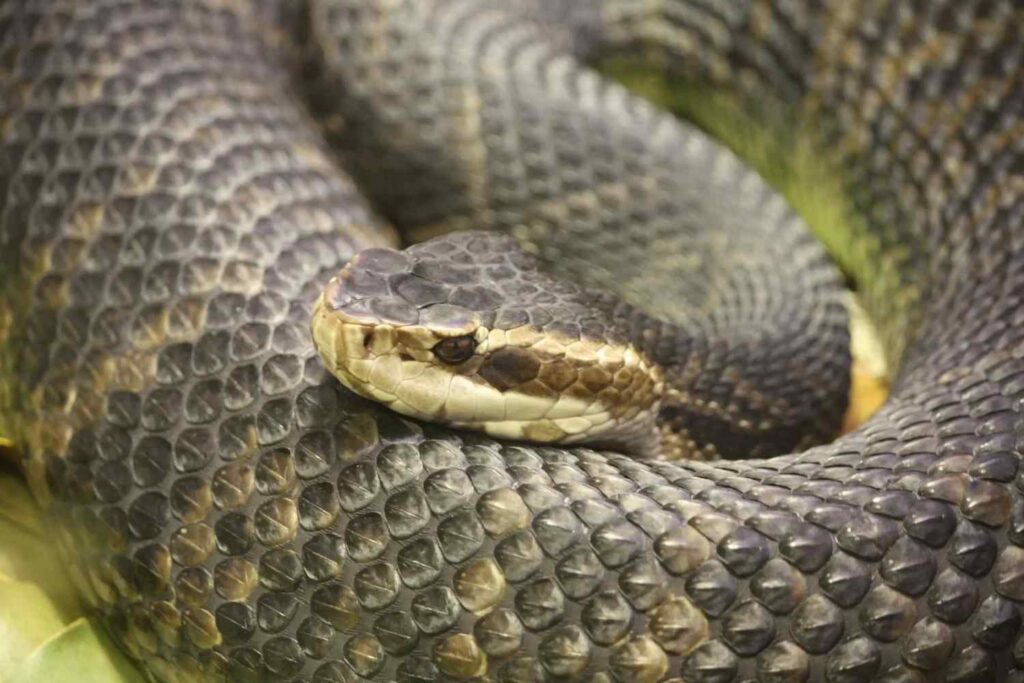
Debunking Myths and Analyzing Facts
Scientists have uncovered fascinating details about the legendary Congo snake through their analysis. Their research shows how documented evidence connects with natural limitations. Experts have carefully examined the claims about this cryptozoological creature.
Common misconceptions about the Congo snake
People often misunderstand the Congo snake because they interpret the evidence incorrectly. Here are the most important misconceptions:
- Reports that claim the snake is 200 feet long – this is nowhere near Van Lierde’s original estimate 13
- Wrong beliefs about the snake attacking aircraft 14
- Incorrect identification of the plants and features around its habitat 3
Critical examination of the photographic evidence
Zoologist Ray Tercafs conducted a technical analysis of the photograph that revealed significant details about the alleged serpent. The calculations based on the helicopter’s documented height of 45-50 meters and camera angles indicated a snake length of 12-14 meters with a diameter of 43-47 centimeters 3. The photographer used a Zeiss Ikon Nettax 6 x 6 camera equipped with a Novar Anastigmat lens that provided specific technical parameters for analysis 3.
Ecological considerations for giant snake existence
Giant snakes face many challenges to survive in the Congo Basin’s current ecological conditions. Snake researchers encounter several obstacles when they study African regions.
The African Rock Python dominates the region as its largest snake species. These pythons usually grow up to 3 meters, though some exceptional ones reach 6 meters 14. Snake populations change by a lot when their habitats degrade and human settlements expand. These changes affect the number of predators in the area 15. Many snake species remain poorly studied because researchers find it hard to reach remote areas safely 15.
Recent studies of snakes in the Congo region have found 51 snake specimens. The collection includes 14 medically relevant species from three different families 16. This detailed documentation shows that the Congo Basin has many different snake species. However, none of these snakes come close to the size that legends describe.
Overview of Congo Snake
Tales of the legendary Congo snake blend cultural beliefs, historical records, and scientific research. Colonel Van Lierde’s 1959 sighting came with photographic evidence that got the world excited about giant serpents possibly living in Central Africa’s dense rainforests. Scientific analysis points to significant biological limitations that challenge these extraordinary claims. The largest documented snake specimens fall short by a lot compared to the reported sizes.
Scientists now better understand snake biology, evolution, and size limits in specific ecosystems. The Congo Basin remains full of biodiversity secrets. Scientific studies suggest that stories of massive serpents come from a mix of viewpoint errors, cultural importance, and people’s tendency to exaggerate unusual encounters. This compelling case shows the importance of applying thorough scientific analysis to cryptozoological claims that preserve these accounts’ cultural and historical value.
References
[1] – https://mythsterhood.com/python-worship-and-local-legends-in-africa/
[2] – https://www.britannica.com/place/Congo-Free-State
[3] – https://cryptidarchives.fandom.com/wiki/Katanga_giant_snake_photo
[4] – https://itsmth.fandom.com/wiki/Congo_Giant_Snake
[5] – https://reaction.life/the-katanga-snake-brilliant-hoax-or-beguiling-horror/
[6] – https://en.wikipedia.org/wiki/Remy_Van_Lierde
[7] – https://www.warhistoryonline.com/war-articles/the-wwii-ace-whos-helicopter-was-attacked-by-the-worlds-largest-snake.html
[8] – https://www.nhm.ac.uk/discover/what-is-the-biggest-snake-in-the-world.html
[9] – https://en.wikipedia.org/wiki/List_of_largest_snakes
[10] – https://en.wikipedia.org/wiki/Titanoboa
[11] – https://besjournals.onlinelibrary.wiley.com/doi/10.1046/j.1365-2435.2002.00678.x
[12] – https://www.nature.com/articles/s41598-024-58377-0
[13] – https://www.discovermagazine.com/planet-earth/is-the-50-foot-congo-snake-fact-or-fiction
[14] – https://www.iflscience.com/legend-of-congos-15-meter-snake-is-cryptozoologys-most-ludicrous-tale-69165
[15] – https://www.nature.com/articles/s41598-020-61974-4
[16] – https://www.sciencedirect.com/science/article/pii/S2405844024096142
